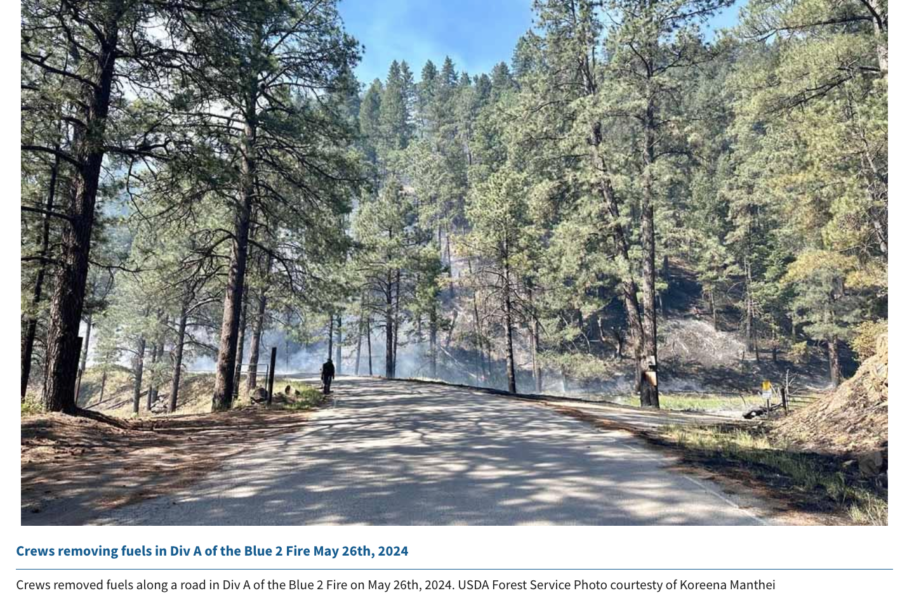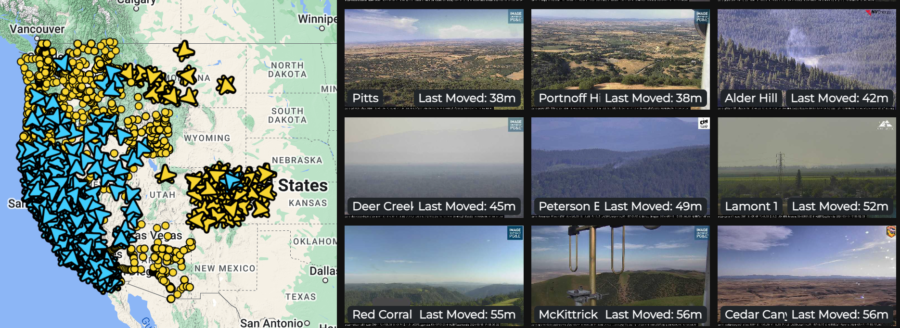
In 2017 the first Cohesive Strategy Workshop in Reno, Nevada featured the theme of “All Hands All Lands: Implementation Rooted in Science.” It focused on the Cohesive Strategy — what it meant then and what early success looked like. Presentations and discussions emphasized the role of science in supporting the Cohesive Strategy and identified processes to ensure the integration of science in all planning for wildland fire management.
The Cohesive Strategy stands as the framework by which all stakeholders can address barriers and identify solutions for complex wildland fire issues.
The Cohesive Strategy Addendum Update [PDF] was released earlier this year and examines critical emphasis areas and implementation challenges that either were not addressed then or have surfaced in the 10 years since the original Cohesive Strategy framework.
This workshop will gather the collective voice of attendees to identify solutions and the issues that keep us from implementing the Cohesive Strategy at scale. The Wildland Fire Leadership Council (WFLC) will pursue these actions after the Workshop to help overcome identified barriers and support implementation of the Cohesive Strategy.
Registration for the 2024 Workshop in Atlantic City includes:
-
-
-
- All on-site presentations and discussion, plus refreshments. There will be no virtual presentations.
- Access to all workshop sessions (for full registration) or the session(s) you attend (for 1 or 2 days of registration).
-
-
Field Tour: New Jersey Pine Barrens
Wednesday, September 18 from 8:00 a.m. to 3:30 p.m.
Field tour, transportation, and lunch included in your registration fee.

The New Jersey Pine Barrens field tour will highlight the cooperation of multiple agencies in New Jersey to support goals and themes of the Cohesive Strategy. The tour includes stops at Batsto Historic Village, the U.S. Forest Service Silas Little Experimental Forest, New Jersey Forest Fire Service Coyle Field Airbase, and the Roosevelt City Fire-Adapted Community and firebreak project.
Special IAWF Member and Student rates are available.
Early-bird discounts for full workshop registrations before August 15.
⏩ Register here ⏪
Scholarships available:
IAWF offers need-based travel and registration scholarships to attend the workshop, to provide opportunity for those who may not be able to attend because of the cost. We hope to increase participation of underrepresented communities and geographic areas for networking and peer learning.

Applications will be accepted continuously until the workshop; we will begin reviewing applications and making awards on June 15. It includes free registration and/or $500 USD for travel expenses.
⏩ Submit a scholarship application ⏪
If you are selected, we will email your instructions on registering for the workshop, and you will receive travel reimbursement when you arrive at the workshop.
Questions about the workshop or
about registration? CONTACT MIKEL:
Workshop registration is
available online [HERE].


















